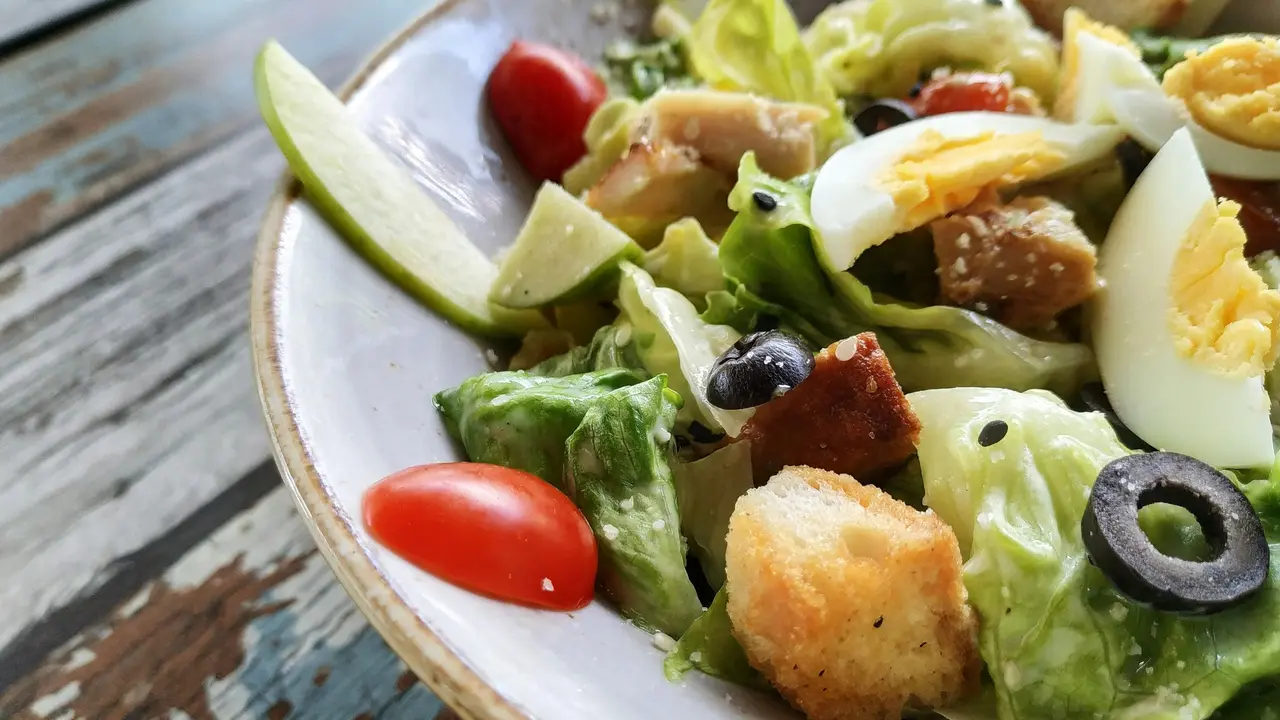When it comes to digestive health, many people seek solutions for occasional constipation, and one common name that comes up is Miralax. But how much fiber is in Miralax? This question might surprise you, as the answer isn’t as straightforward as one might think. In this article, we’ll delve into what Miralax is, how it works, and clarify the role of fiber in your diet and its connection to this popular laxative.
What is Miralax and Its Ingredients?
Understanding Miralax
Miralax, generically known as polyethylene glycol 3350, is an osmotic laxative that helps soften stools by retaining water in the stool. Unlike other laxatives, Miralax does not contain fiber as an ingredient, which raises the intriguing question: how much fiber is in Miralax?
Active Components of Miralax
The primary ingredient in Miralax is polyethylene glycol, which is non-fiber based. This means that if you’re relying on Miralax for fiber intake, you may need to look into dietary sources or supplements instead.
How Miralax Works
The Mechanism of Action
Miralax works by drawing water into the intestines, promoting bowel movements without stimulating the bowels. This is particularly useful for individuals with chronic constipation who need a gentle, effective solution.
Miralax vs. Fiber Supplements
While Miralax aids in digestion, it does not replace dietary fiber. Those seeking to increase their fiber intake will need to consider other options, as Miralax focuses solely on hydration rather than fiber enrichment.
The Importance of Fiber in Your Diet
Why Fiber Matters
Fiber plays a crucial role in digestive health. It helps in:
- Maintaining bowel regularity
- Lowering cholesterol levels
- Managing blood sugar levels
- Aiding in weight management
How Much Fiber Should You Eat?
The recommended daily intake for fiber varies by age and gender, but general guidelines suggest:
- Women: 25 grams per day
- Men: 38 grams per day
Incorporating a variety of fiber-rich foods such as fruits, vegetables, whole grains, and legumes can fulfill these requirements.
Combining Miralax with a High-Fiber Diet
Best Practices for Use
For those using Miralax, it’s advisable to complement its usage with a high-fiber diet. This will not only help achieve regular bowel movements but also improve overall digestive health.
Foods High in Fiber
When considering how much fiber is in Miralax, think about including these in your diet:
- Whole grains (brown rice, oats)
- Fruits (apples, bananas, berries)
- Vegetables (broccoli, carrots, leafy greens)
- Legumes (beans, lentils, chickpeas)
Potential Side Effects and Considerations
Understanding Side Effects
Using Miralax as directed is generally safe. However, individuals should be aware of potential side effects, which can include:
- Gas and bloating
- Diarrhea if overused
- Stomach pain
When to Avoid Miralax
Consult a healthcare provider if you experience severe digestive issues or if Miralax is not providing the expected relief. It’s crucial to avoid using it excessively or for prolonged periods without medical advice.
Conclusion
In summary, while Miralax can be an effective tool for alleviating constipation, it does not contain fiber. Understanding how much fiber is in Miralax brings to light the need for a balanced diet rich in fiber to support digestive health effectively. If you’re struggling with constipation, consider combining Miralax with high-fiber foods and consult a healthcare professional for personalized advice. Don’t forget to share this article with friends or check out our other informative posts on digestive health!
Fiber – Recent Articles
- How Fast Do Fiber Gummies Work? Unlock Their Benefits Now!
- Discover How Much Fiber in AG1 Fuels Your Health Journey!
- Discover Which Bread Has the Most Fiber for a Healthier You!
- How is Fiber Optic Cable Installed? A Step-by-Step Guide
- Can I Use My Own Modem with AT&T Fiber? Find Out Now!
Fiber – Useful Links
- Harvard T.H. Chan – Fiber (The Nutrition Source)
- Health Harvard – The Facts on Fiber
- Nutrition.gov – Fiber
- Harvard Health – How to Get More Fiber in Your Diet
- UCDavis – Nutrition & Health Info Sheets: Fiber
